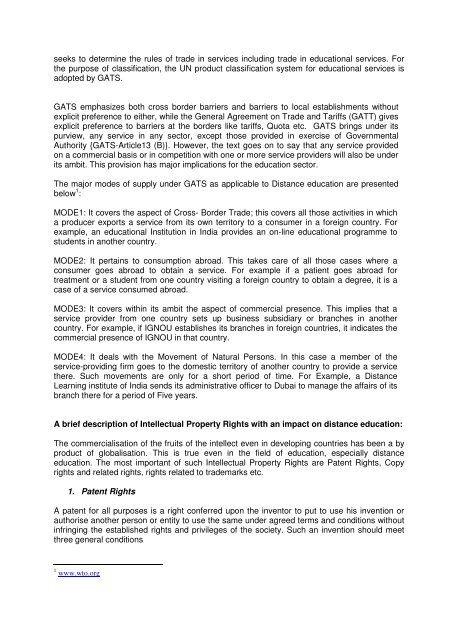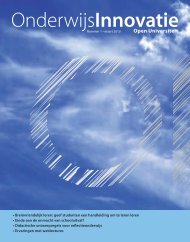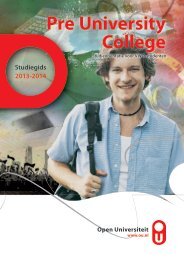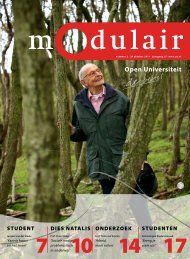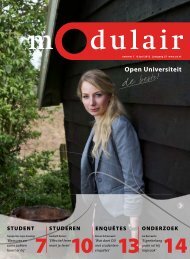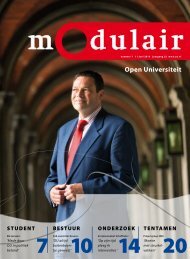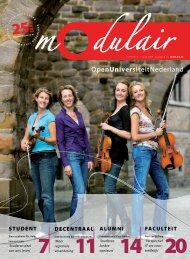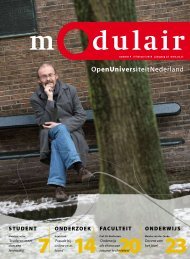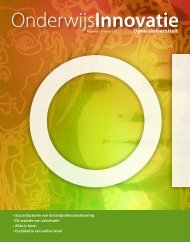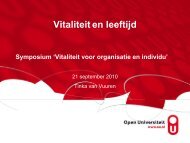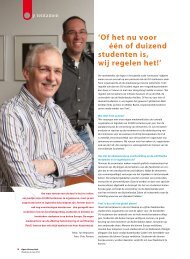intellectual property rights and distance education institutions
intellectual property rights and distance education institutions
intellectual property rights and distance education institutions
Create successful ePaper yourself
Turn your PDF publications into a flip-book with our unique Google optimized e-Paper software.
seeks to determine the rules of trade in services including trade in <strong>education</strong>al services. For<br />
the purpose of classification, the UN product classification system for <strong>education</strong>al services is<br />
adopted by GATS.<br />
GATS emphasizes both cross border barriers <strong>and</strong> barriers to local establishments without<br />
explicit preference to either, while the General Agreement on Trade <strong>and</strong> Tariffs (GATT) gives<br />
explicit preference to barriers at the borders like tariffs, Quota etc. GATS brings under its<br />
purview, any service in any sector, except those provided in exercise of Governmental<br />
Authority {GATS-Article13 (B)}. However, the text goes on to say that any service provided<br />
on a commercial basis or in competition with one or more service providers will also be under<br />
its ambit. This provision has major implications for the <strong>education</strong> sector.<br />
The major modes of supply under GATS as applicable to Distance <strong>education</strong> are presented<br />
below 1 :<br />
MODE1: It covers the aspect of Cross- Border Trade; this covers all those activities in which<br />
a producer exports a service from its own territory to a consumer in a foreign country. For<br />
example, an <strong>education</strong>al Institution in India provides an on-line <strong>education</strong>al programme to<br />
students in another country.<br />
MODE2: It pertains to consumption abroad. This takes care of all those cases where a<br />
consumer goes abroad to obtain a service. For example if a patient goes abroad for<br />
treatment or a student from one country visiting a foreign country to obtain a degree, it is a<br />
case of a service consumed abroad.<br />
MODE3: It covers within its ambit the aspect of commercial presence. This implies that a<br />
service provider from one country sets up business subsidiary or branches in another<br />
country. For example, if IGNOU establishes its branches in foreign countries, it indicates the<br />
commercial presence of IGNOU in that country.<br />
MODE4: It deals with the Movement of Natural Persons. In this case a member of the<br />
service-providing firm goes to the domestic territory of another country to provide a service<br />
there. Such movements are only for a short period of time. For Example, a Distance<br />
Learning institute of India sends its administrative officer to Dubai to manage the affairs of its<br />
branch there for a period of Five years.<br />
A brief description of Intellectual Property Rights with an impact on <strong>distance</strong> <strong>education</strong>:<br />
The commercialisation of the fruits of the intellect even in developing countries has been a by<br />
product of globalisation. This is true even in the field of <strong>education</strong>, especially <strong>distance</strong><br />
<strong>education</strong>. The most important of such Intellectual Property Rights are Patent Rights, Copy<br />
<strong>rights</strong> <strong>and</strong> related <strong>rights</strong>, <strong>rights</strong> related to trademarks etc.<br />
1. Patent Rights<br />
A patent for all purposes is a right conferred upon the inventor to put to use his invention or<br />
authorise another person or entity to use the same under agreed terms <strong>and</strong> conditions without<br />
infringing the established <strong>rights</strong> <strong>and</strong> privileges of the society. Such an invention should meet<br />
three general conditions<br />
1 www.wto.org


